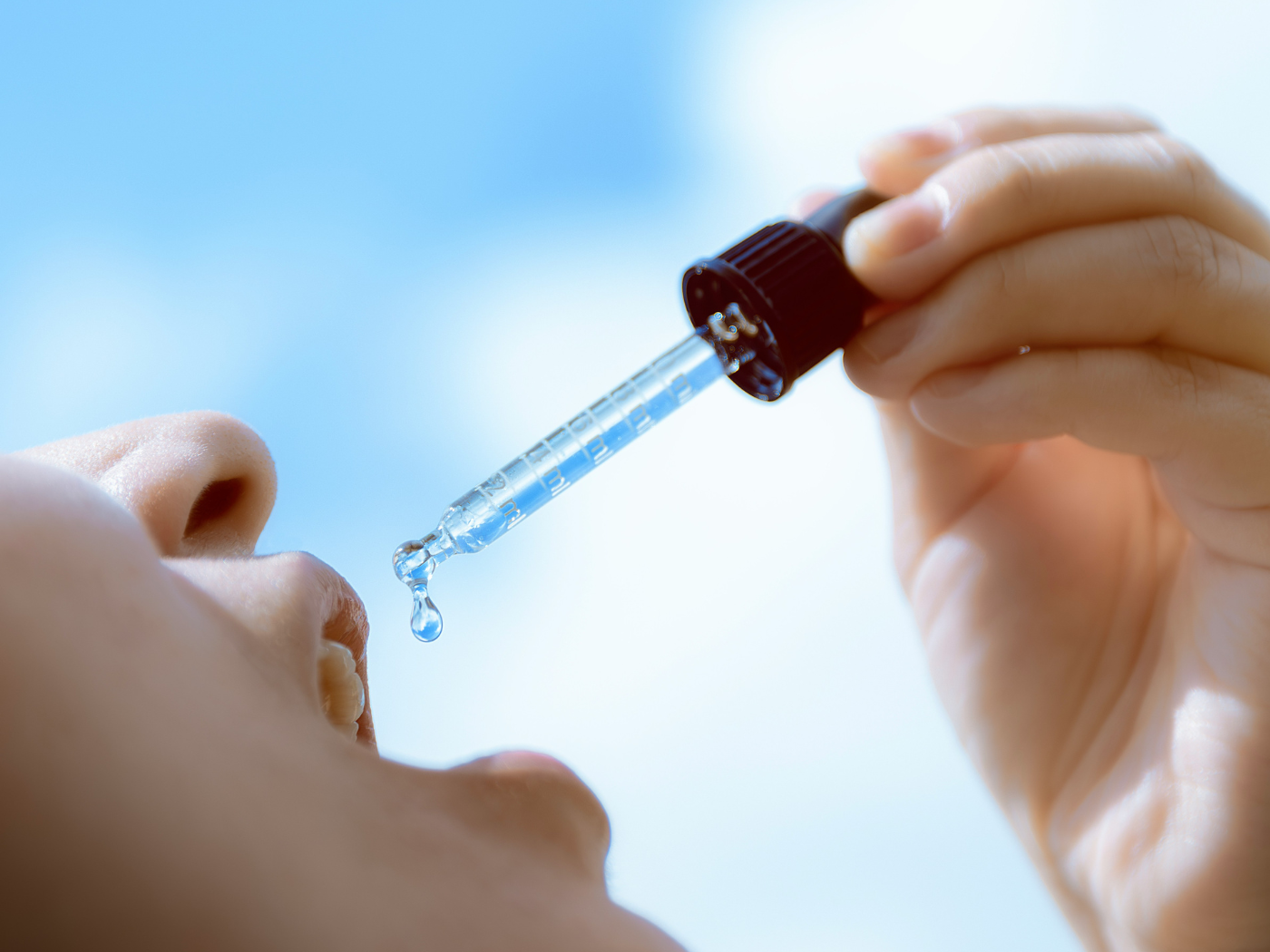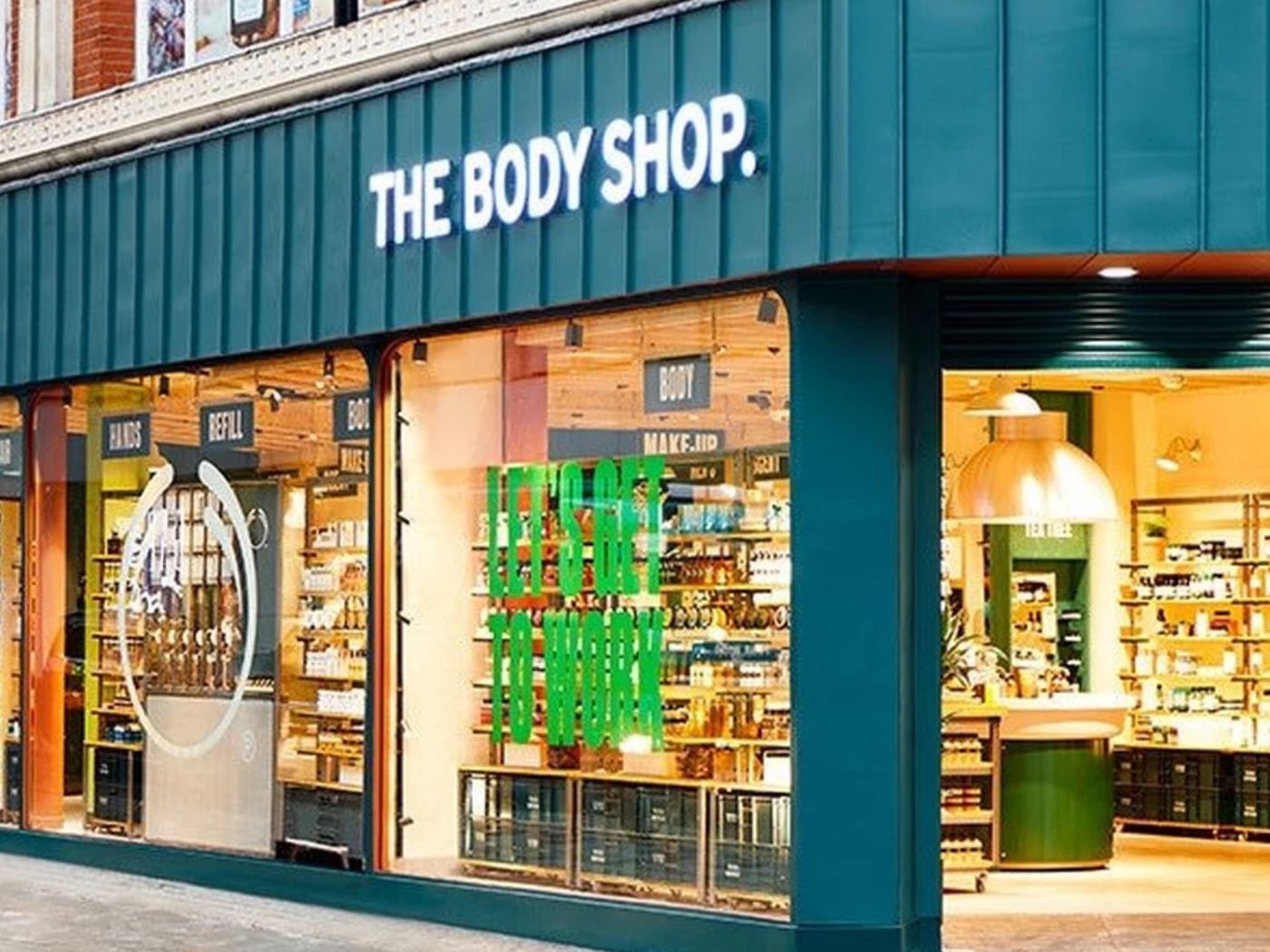Every month various beauty industry analysts from The NPD Group write about the latest trends being seen in beauty, based on the firm’s market information and insights. Through a partnership, Beauty News will publish NPD’s blog the day it’s posted to keep you in-the-know. May’s post is by NPD’s Natalia Bambiza and focuses on skin care’s new minimalistic turn, which harkens the new Lipstick Index.
The term “lipstick index” was coined by Leonard Lauder in 2001 to describe the influx of makeup sales during the recession. Apparently, lipstick sales were inversely related to economic health. The phenomenon was also noted during the Great Depression when makeup sales increased between 1929 and 1933. At times when discretionary income is scarce and splurging on expensive non-essential goods is not an option, buying lipstick is seen as a way of escapism. Priced significantly lower than designer accessories, apparel, or jewelry, a “nice-to-have” lipstick plays the role of “affordable luxury.” In fact, lipstick is one of the products most purchased on impulse, exceeded only by lip gloss, according to the Makeup Consumer Report from NPD.
With the onset of COVID-19 in 2020, economic sentiment was far from optimistic. Yet makeup market sales — and lipstick in particular — declined significantly. In fact, makeup was the hardest-hit beauty category in the U.S. With limited options to socialize, and faces being covered by masks in public, lipstick turned from “nice-to-have” to “no-need-to-have.” In place of the lipstick index, a new index was born: the fragrance index.
The fragrance category experienced unprecedented growth during the pandemic. Its popularity was not only visible through sales figures, but U.S. consumers also reported that the top reason for buying fragrance was as a treat for themselves, according to the NPD Omnibus Survey.
As face mask mandates lifted and socializing again became more common, the makeup category has been on its road to recovery. Lip makeup is now the fastest-growing area in the category, with revenue up 48% in the first quarter of 2022, versus last year. However, this growth is not just about the market resizing itself and trying to recover lost volume. According to CivicScience, economic sentiment has been decreasing over the past year, with confidence in personal finances and making a major purchase falling to an all-time low in March, compared to last year. But lipstick sales keep growing, week-over-week. This steady growth illustrates consumers’ desire to splurge on this “nice-to-have” makeup item, now that lipstick has a good reason to be worn again.
Lipstick is once again becoming the “affordable luxury” that consumers want (and can) turn to for emotional comfort.




